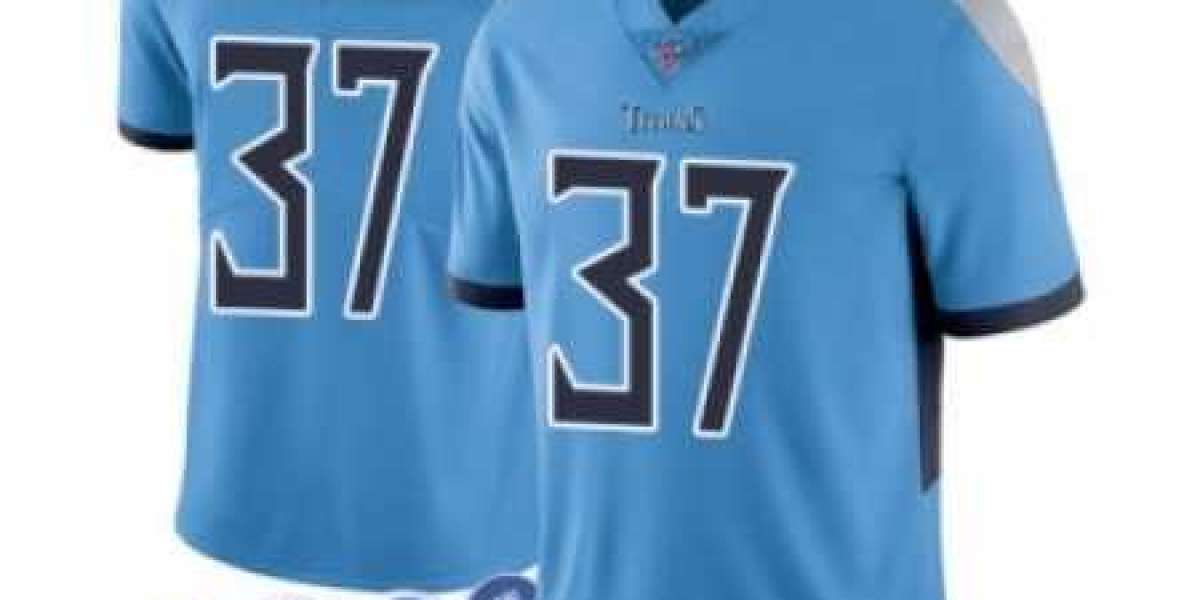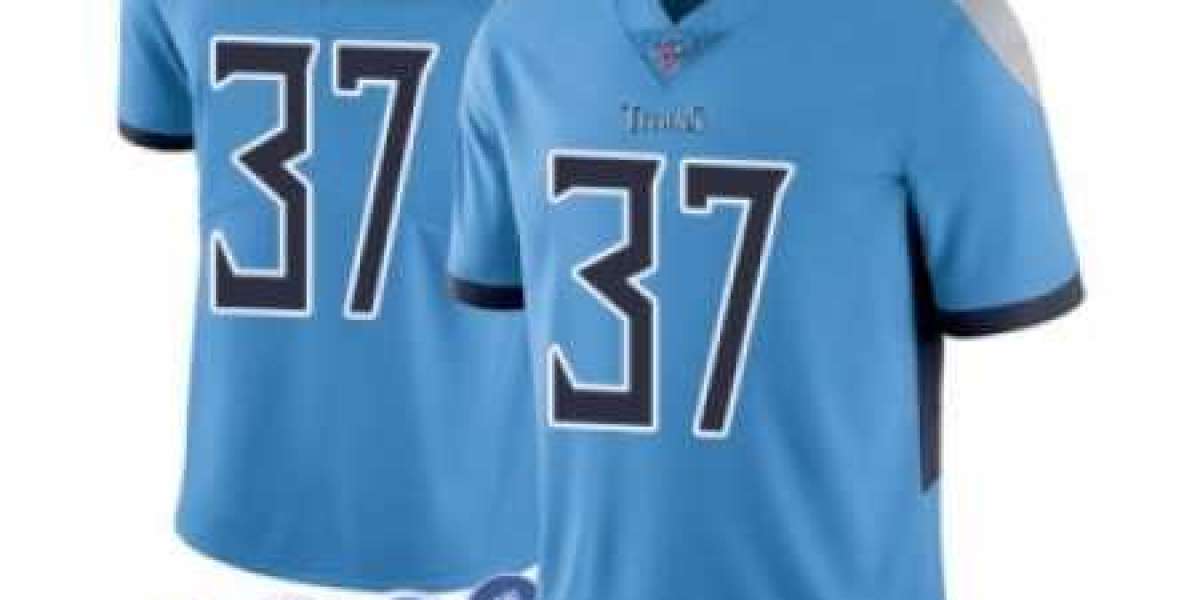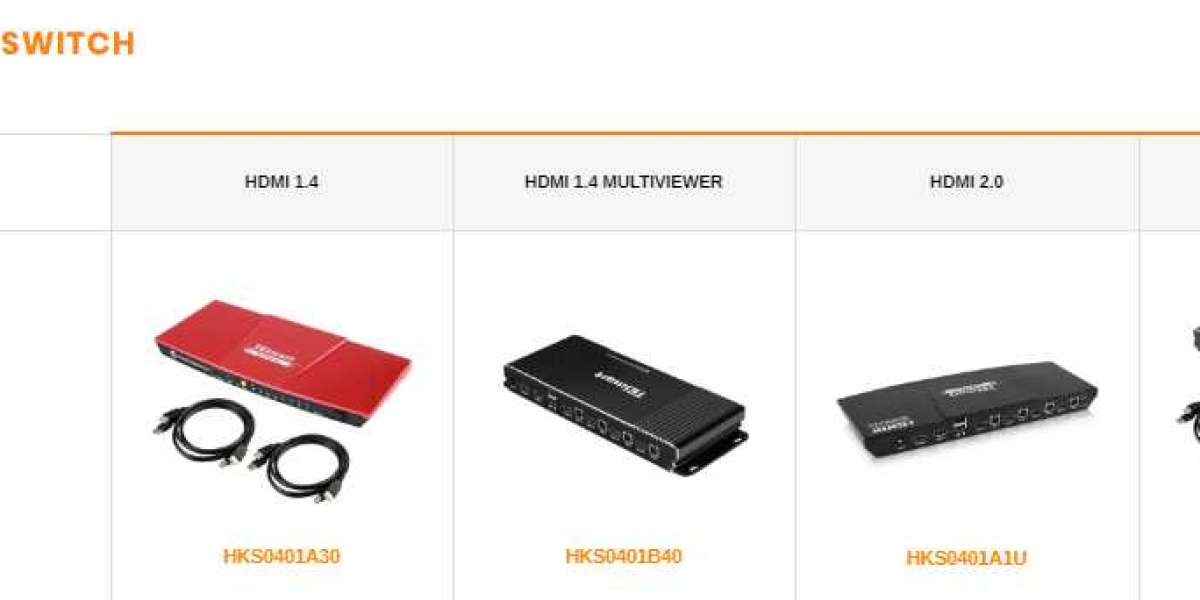In fluid handling systems where tight shut-off, cost efficiency, and easy operation are top priorities, the resilient seated butterfly valve stands out as one of the most widely used valve types. Its versatility across water treatment, HVAC, irrigation, fire protection, food and beverage, and light industrial applications makes it an essential component for engineers and facility operators seeking dependable flow control with minimal maintenance.
The term resilient seated butterfly valve refers to a valve that uses an elastomeric (or “resilient”) seat to create a seal around the rotating disc. This soft-seated design provides excellent leak-tight shut-off, even at low torque levels. The resilient material—typically EPDM, NBR, Viton, or PTFE—compresses around the disc edge to stop the flow of liquids or gases completely when in the closed position.
The valve’s construction is simple yet effective. A round disc is positioned in the center of the valve body and is mounted on a shaft. When the disc is turned 90 degrees, it rotates from a fully open to a fully closed position. In a resilient seated butterfly valve, the seat is typically bonded or pressed into the inside of the valve body, and the disc presses directly against the seat to create the seal.
One of the key advantages of the resilient seated butterfly valve is its low torque requirement. Because the sealing relies on the flexibility of the elastomer rather than a metal-to-metal contact, the disc can seat firmly with much less force. This makes the valve easier to operate manually and reduces actuator size in automated systems—translating into lower installation and energy costs.
The soft seat also compensates for minor irregularities or wear on the valve disc, helping maintain performance over time. For waterworks, irrigation systems, and other large-scale infrastructure projects, this durability and self-sealing ability are major assets. These valves are capable of thousands of cycles with minimal degradation when installed properly and used under normal conditions.
The most common valve design is the concentric type, where the disc and shaft share a centerline with the pipe and seat. This straightforward design provides reliable sealing and is ideal for low- to medium-pressure systems. It's also more cost-effective than double- or triple-offset butterfly valves, which are designed for more demanding applications involving higher temperatures or more aggressive fluids.
A significant feature of the resilient seated butterfly valve is its bidirectional sealing capability. The disc seals equally well in both directions of flow, providing installation flexibility and ensuring consistent shut-off regardless of flow orientation. This is crucial in systems where flow direction might vary, such as in fire protection loops or water distribution networks.
These valves also excel in lightweight and compact designs. Compared to bulky gate or globe valves, the resilient seated butterfly valve has a much smaller footprint and is lighter in weight. This allows for easier installation in tight or overhead piping systems and reduces the need for heavy pipe supports or special mounting hardware.
Material compatibility is another strength of this valve type. Valve bodies can be constructed from ductile iron, cast iron, stainless steel, or PVC. The disc may be made of stainless steel, aluminum bronze, or ductile iron coated with epoxy or nylon. Seat materials, such as EPDM or Viton, are chosen based on the chemical properties and temperature of the media. EPDM works well with water and some chemicals, while NBR (nitrile rubber) is more suitable for oils and fuels.
Because the resilient seated butterfly valve is soft-seated, it is best suited for moderate temperature and pressure ranges. Typically, these valves operate at pressures up to 200 psi and temperatures up to 250°F, depending on the seat and body materials. For applications exceeding these limits, metal-seated or high-performance butterfly valves should be considered.
Installation of this valve is straightforward, especially in wafer-style or lug-style designs. Wafer types are sandwiched between flanges using bolts that pass around the valve body, while lug-style versions have threaded inserts that allow the valve to be bolted to one or both flanges independently. This versatility means the valve can be used in dead-end service (lug style) or where full-pipeline disassembly is not practical.
Maintenance is another area where the resilient seated butterfly valve shines. The valve's simple design, low number of moving parts, and durable seat material mean it requires less upkeep than many other valve types. When maintenance is required, many valves offer replaceable seats, allowing for quick servicing without replacing the entire unit.
In automation, this valve is compatible with manual levers, gear operators, electric actuators, and pneumatic actuators. Because of the low torque requirement, the actuator used can be smaller and more energy-efficient than those required for other valve types. In modern systems, these actuators can be integrated into SCADA or other control systems for remote operation, allowing for real-time monitoring and precise flow control.
Applications for the resilient seated butterfly valve are numerous:
Water and Wastewater Treatment: Used to isolate and regulate flow in pipelines carrying treated or raw water, sewage, or sludge.
HVAC Systems: Controls chilled or hot water flow in commercial buildings for climate control and energy efficiency.
Food and Beverage Industry: Sanitary models are available with FDA-approved materials for safe use in food production and beverage processing.
Irrigation: Provides dependable flow control in large-scale agricultural or municipal irrigation networks.
Fire Protection: UL/FM-approved versions are installed in fire sprinkler systems due to their quick shut-off and low maintenance design.
Despite its benefits, the resilient seated butterfly valve does have some limitations. The soft seat may degrade if exposed to abrasive materials or extreme temperatures. In such cases, metal-seated or high-performance valves would be more appropriate. Additionally, throttling at partially open positions for long periods may lead to uneven wear on the seat, so operators should avoid using the valve in these conditions unless it’s specifically rated for throttling service.
In conclusion, the resilient seated butterfly valve offers an excellent combination of affordability, ease of use, and reliable sealing for a wide variety of fluid control applications. Its compact design, bidirectional sealing, and compatibility with manual or automated systems make it a popular choice for engineers seeking performance without complexity. Whether installed in a municipal water system, commercial HVAC unit, or industrial facility, this valve continues to prove its value in maintaining system efficiency and integrity.







